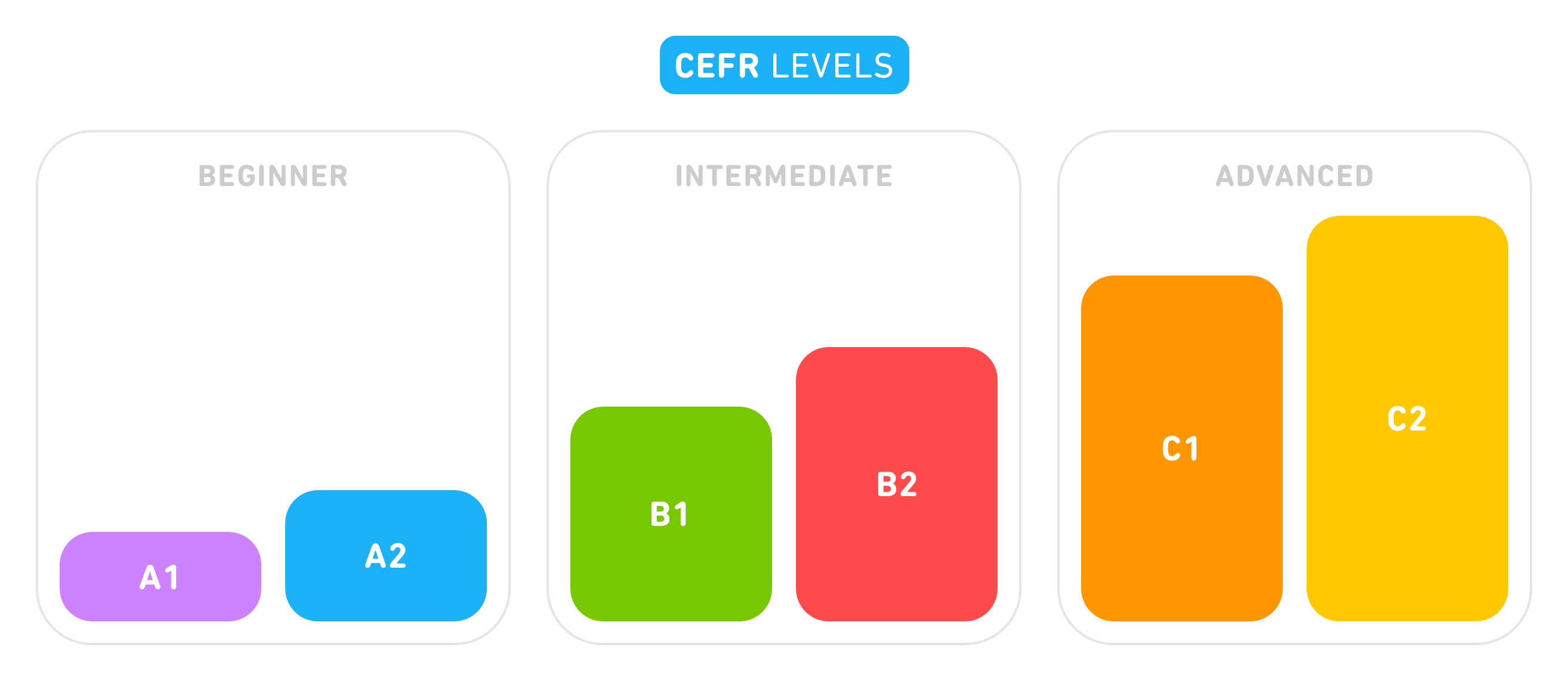The Common European Framework of Reference for Languages (CEF or CEFR) was put together by the Council of Europe as a way of standardising the levels of language exams in different regions. It is very widely used internationally and all important exams are mapped to the CEFR.
| Council of Europe levels | Description |
C2Mastery |
The
capacity to deal with material which is academic or cognitively
demanding, and to use language to good
effect at a level of performance which may in certain
respects be more advanced than that of an average native speaker. |
C1Effective Operational Proficiency |
The ability to communicate with the emphasis on how well it is done, in terms of appropriacy, sensitivity and
the capacity to deal with unfamiliar topics. |
B2Vantage |
The capacity to achieve most goals and express oneself on a range of topics. |
B1Threshold |
The ability to express oneself in a limited way in familiar situations and to deal in a general way with nonroutine
information. |
A2Waystage |
An ability to deal with simple, straightforward information and begin to express oneself in familiar
contexts. |
A1Breakthrough |
A basic ability to communicate and exchange information in a simple way. |
Exam English Ltd, a. (2020). Common European Framework of Reference for Languages (CEFR) - English levels. Retrieved 25 September 2020, from https://www.examenglish.com/CEFR/cefr.php

No hay comentarios:
Publicar un comentario